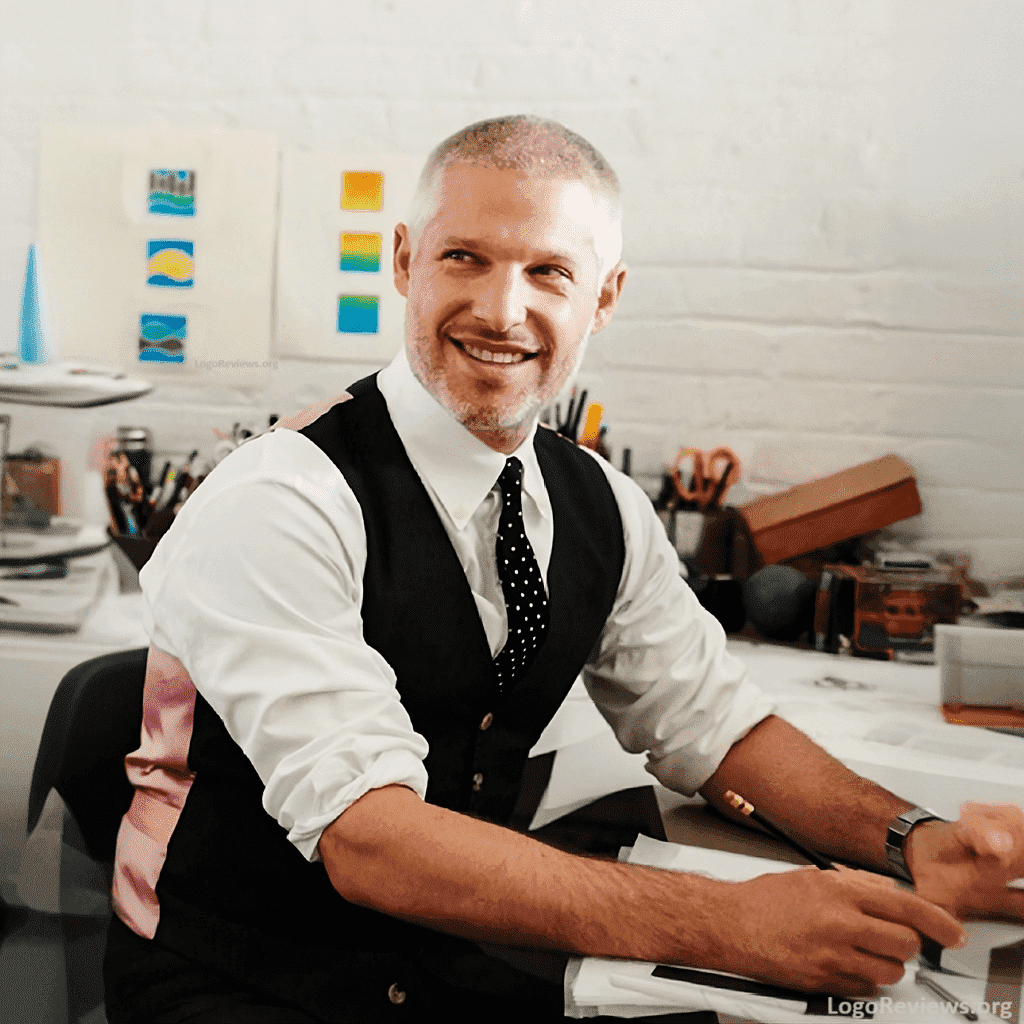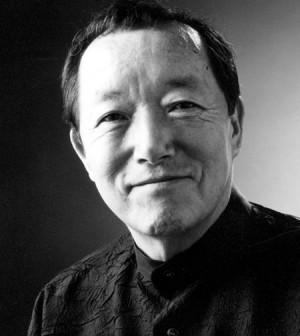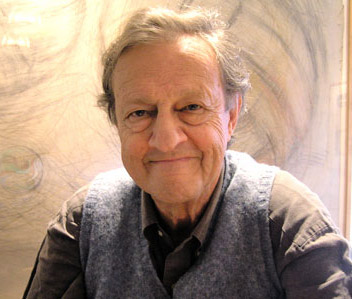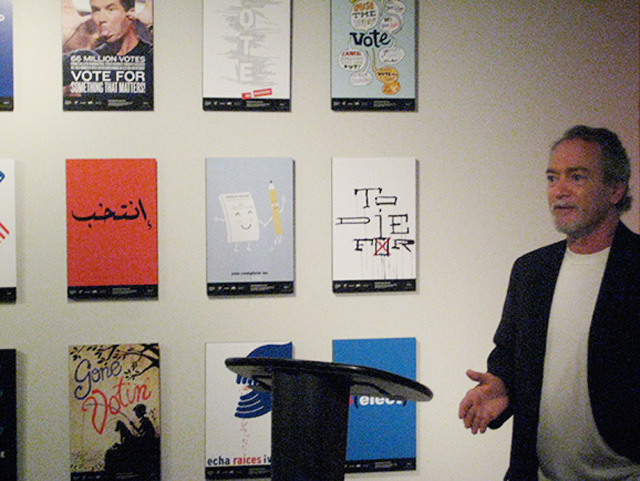Anton Stankowski was a German graphic designer, photographer and painter. He developed an original Theory of Design and pioneered Constructive Graphic Art. Typical Stankowski designs attempt to illustrate processes or behaviours rather than objects. Such experiments resulted in the use of fractal-like structures long before their popularisation by Benoît Mandelbrot in 1975.
Anton Stankowski – German Graphic Designer
 Anton Stankowski was born in Gelsenkirchen, Westphalia in Germany on June 18th 1906. Before embarking on the profession of graphic designer, Stankowski worked as a decorator and church painter from 1921 to 1926. In 1927-8 he attended the Folkwang Schule in Essen with fellow photographer, Max Burchartz studying graphic design, typography and photography. When he was still a student Anton Stankowski did his first commercial graphic designs for Burchartz’ Canis Agency.
Anton Stankowski was born in Gelsenkirchen, Westphalia in Germany on June 18th 1906. Before embarking on the profession of graphic designer, Stankowski worked as a decorator and church painter from 1921 to 1926. In 1927-8 he attended the Folkwang Schule in Essen with fellow photographer, Max Burchartz studying graphic design, typography and photography. When he was still a student Anton Stankowski did his first commercial graphic designs for Burchartz’ Canis Agency.
Between 1929 and 1934 Anton Stankowski moved to Zurich and worked for the celebrated advertizing studio run by Max Dalang. Whilst here, Anton Stankowski completed his “design doctrine”, which already included the basic expressive forms he would continue to work with. Anton Stankowski was part of a creative circle in Zurich that included Richard Paul Lohse, Heiri Steiner, Hans Neuburg, Coray, Fischli, and Max Bill.
In 1934 Anton Stankowski was forced to return to Germany because his residence permit for Switzerland was revoked. In Stuttgart Anton Stankowski worked as a freelance graphic designer. Then he spent the years from 1940 to 1948 serving in the German armed forces, followed by internment as a prisoner of war.
After this dark period of his life, Anton Stankowski began again as head typesetter, graphic designer and photographer for the “Stuttgarter Illustrierte”. By 1951 Anton Stankowski was able to found a graphic design practice of his own. In Stuttgart he formed a new circle of friends that included such distinguished Moderns as Willi Baumeister, Max Bense, Egon Eiermann, Mia Seeger, and Walter Cantz.
From 1969 until 1972 Anton Stankowski was head of the committee for designing the look of the Munich Olympic Games. In 1972 Anton Stankowski began to collaborate with the graphic artist Karl Duschek, who ran the practice alone from 1975.
Anton Stankowski withdrew from public life, devoting himself increasingly to fine art from the mid-1970s and continuing to produce Constructive-Concrete paintings and objects. Stankowski’s paintings and sculpture are always informed by the experience he had as a graphic designer and vice versa. Anton Stankowski was uniquely skilled at deliberately deploying the effect of color, line and form to create powerful pictures with a minimum of means.
By 1980, Stankowski had produced a volume of trademarks for clients in Germany and Switzerland. In 1983, he established the Stankowski Foundation to award others for bridging the domains of fine and applied art. Following his death in December 1998, the German Artist Federation awarded Anton Stankowski the honorary Harry Graf Kessler Award for his life work.
Anton Stankowski created truly memorable logos and remarkable visual design concepts for clients such as the Deutsche Bank, Viessmann, Iduna, SEL, the Süddeutsche Rundfunk, and many others.
Stankowski’s portfolio is impressive, thanks to its use of multiple media, ranging from photography and painting to graphic design, which contributed considerably to the visual image of the Federal Republic of Germany.. For Stankowski, there was no difference between the fine and applied arts. Both permeated his work. All of the works here are representative of many others.
Despite producing many unique examples of concrete art and photographics, Stankowski is best known for designing the simple trademark of the Deutsche Bank.
He died December 11 1988.



